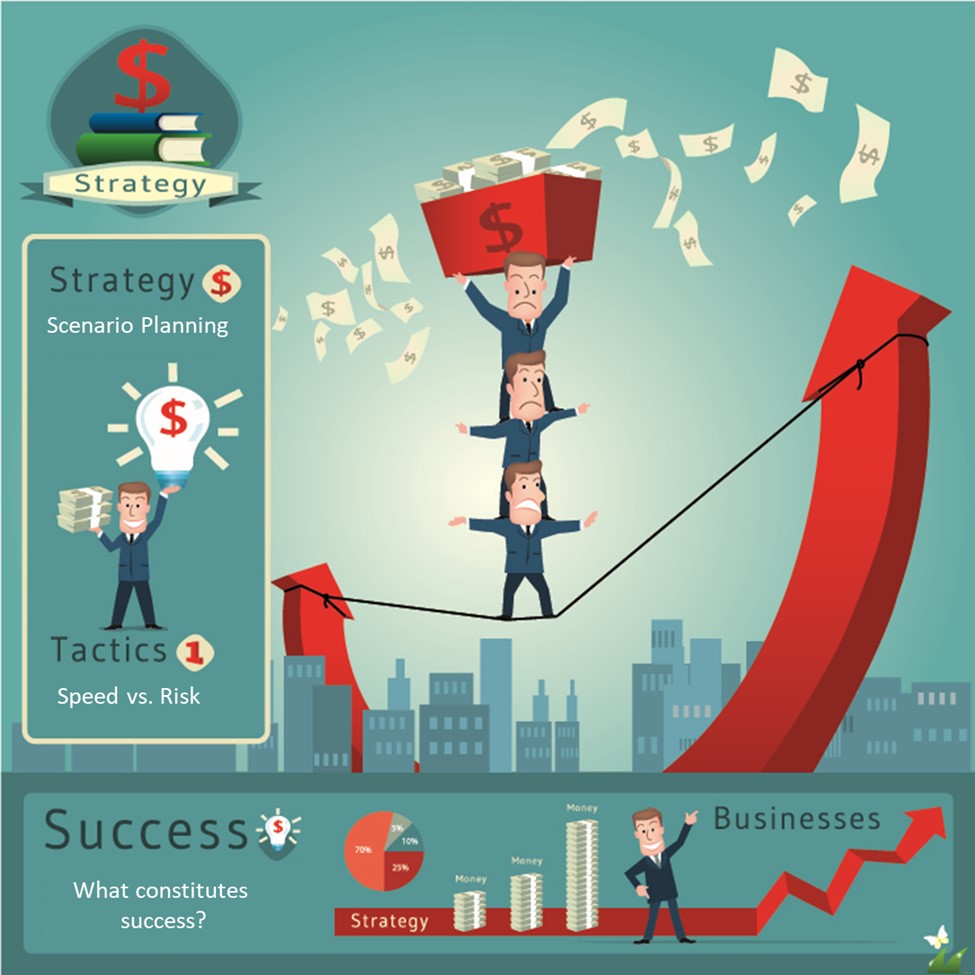
High Growth Pressures – Choice Between the Urgent and the Important
During normal business growth (i.e., less than 20% growth), many leaders use the well-known Urgent-Important Matrix to choose how to prioritize their time between urgent and important projects. The framework helps to prioritize problems and decide where to best focus attention, investments, and resources. But in periods of rapid growth, there is additional time pressure on how to balance the urgent and important during high growth.
Not So Simple
In ordinary times, the framework seems very logical and workable. The more you focus on the important and not urgent (i.e., forecasting, scenario planning, preparing, and anticipating), the faster you will get out of “reactionary firefighting mode.” For example, the highest performing fire departments spend 98% of their time doing fire education, prevention, and preparation – not fighting fires.
The problem for high growth companies however is that they are starting with a “bunch of fires,” and the problem is often not two-dimensional. High growth organizations must deal with extreme time pressure from multiple stakeholders who all rightfully feel that their project is both urgent and important – they all want their fire put out immediately and think they have the biggest fire.
In reality, during high growth, each initiative tends to carry vastly different amounts of visibility, risk, reward, and certainty.
Because of this, most high growth teams struggle with how to “run the business” and “change the business” at the same time. They try to satisfy the varied expectations of multiple stakeholders and to keep things from “blowing up” along the way.
Most describe it something like “driving 100 miles per hour while trying to change the tires at the same time.” Leaders in high growth environments must deliver immediate results while building for longer-term effectiveness – often without being able to add the resources they would like fast enough.
The Recommendation
Research suggests that the best, most effective approach to planning and executing your corporate strategy during high growth is to have strategy retreat facilitation organize around high impact short-term efforts that are time-bound and closely aligned to the organization’s overall priorities. The concept encourages bit-by-bit visible progress that moves the organization in the agreed-upon longer-term direction.
Short-Term Factors for Success
The shorter-term efforts are designed for speed and impact; they are characterized by encompassing several factors:
Long-Term Factors for Success
In most high growth companies looking to rapidly scale and not miss market windows of opportunity, the above urgent/important projects rightfully engulf the majority of efforts and resources. For teams looking to eventually get out of “firefighting mode” and succeed over the long-term, someone needs to simultaneously focus on the important and non-urgent activities like forecasting, scenario planning, risk management, and stakeholder expectation management.
This allows both the urgent and the important to be implemented at the same time with one driving and building upon the other. Most leaders estimate that at least one day per week needs to be devoted thinking strategically about their team and the business. How much time do you and your team devote?
The Bottom Line
Regardless of how much sense they make to you, not all projects are of equal value to your key stakeholders. It is essential to deliver as you balance the Urgent and Important during high growth. It is also paramount to do just enough forecasting, scenario planning, and risk management to ensure that you do not drive off the cliff while changing the tires.
To learn more about how to better balance the urgent and important during high growth, download 5 Warning Signs that Your Managers Are Falling Behind Strategically
Explore real world results for clients like you striving to create higher performance